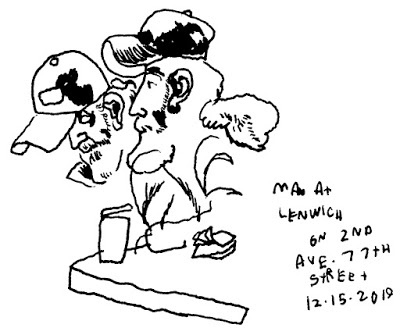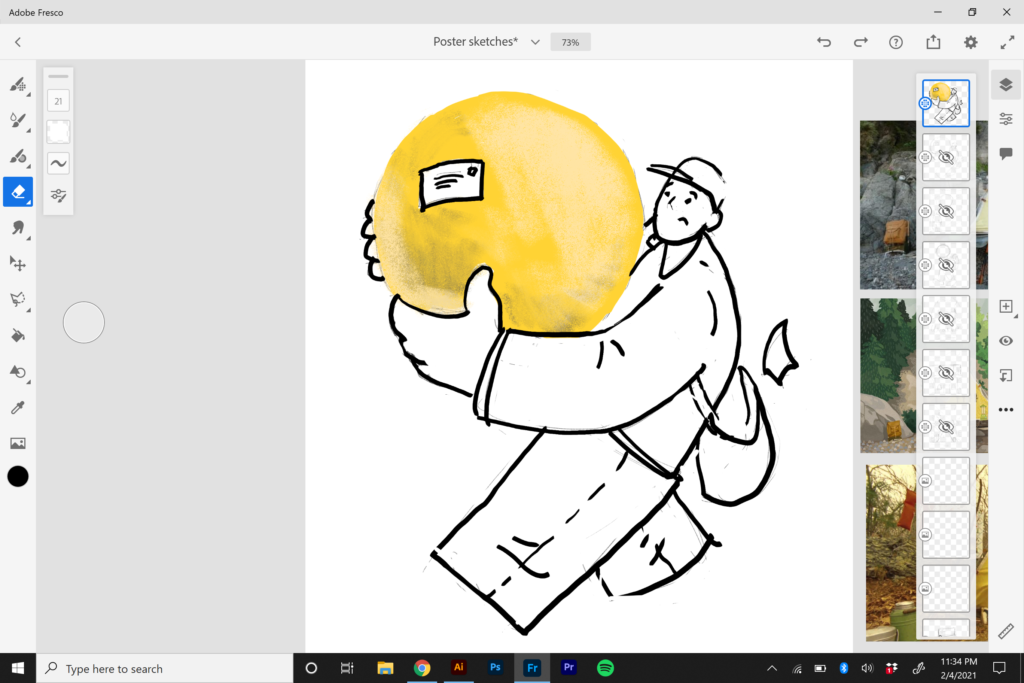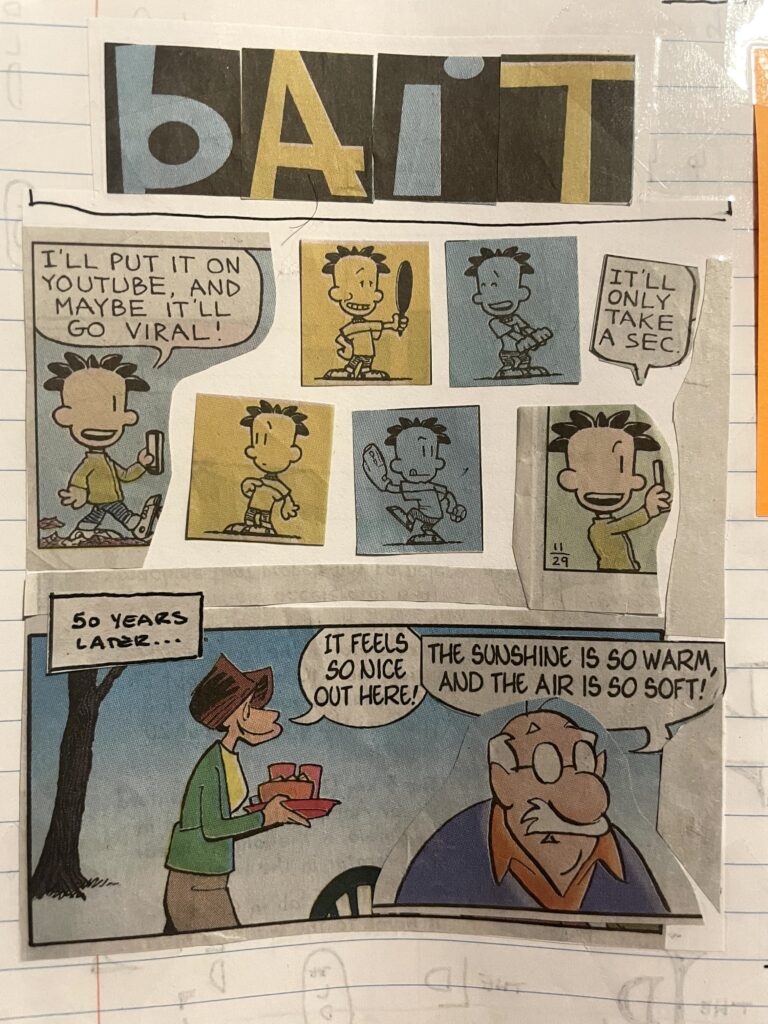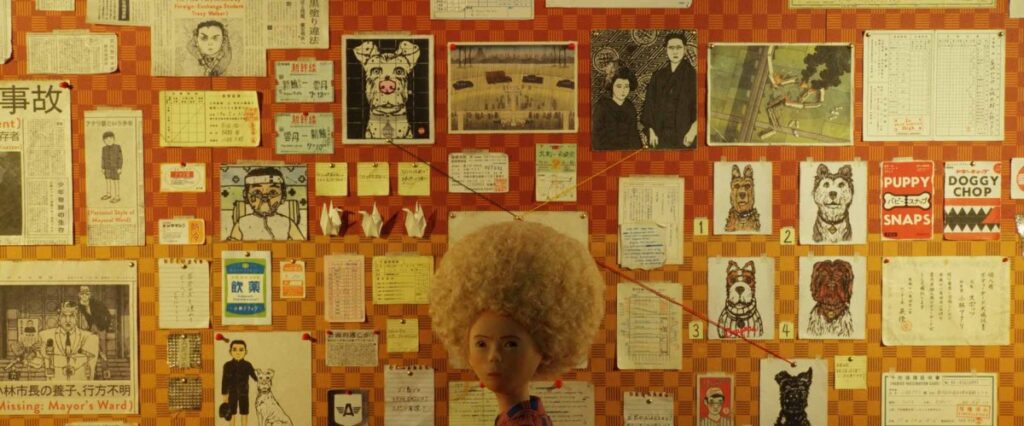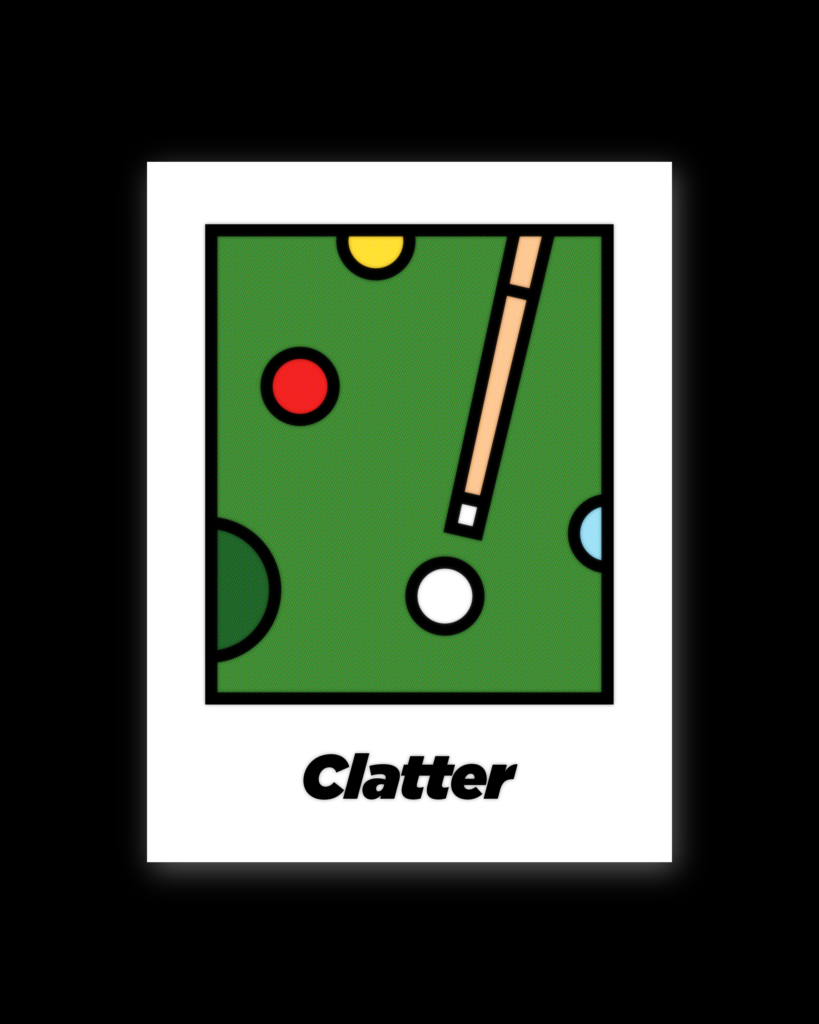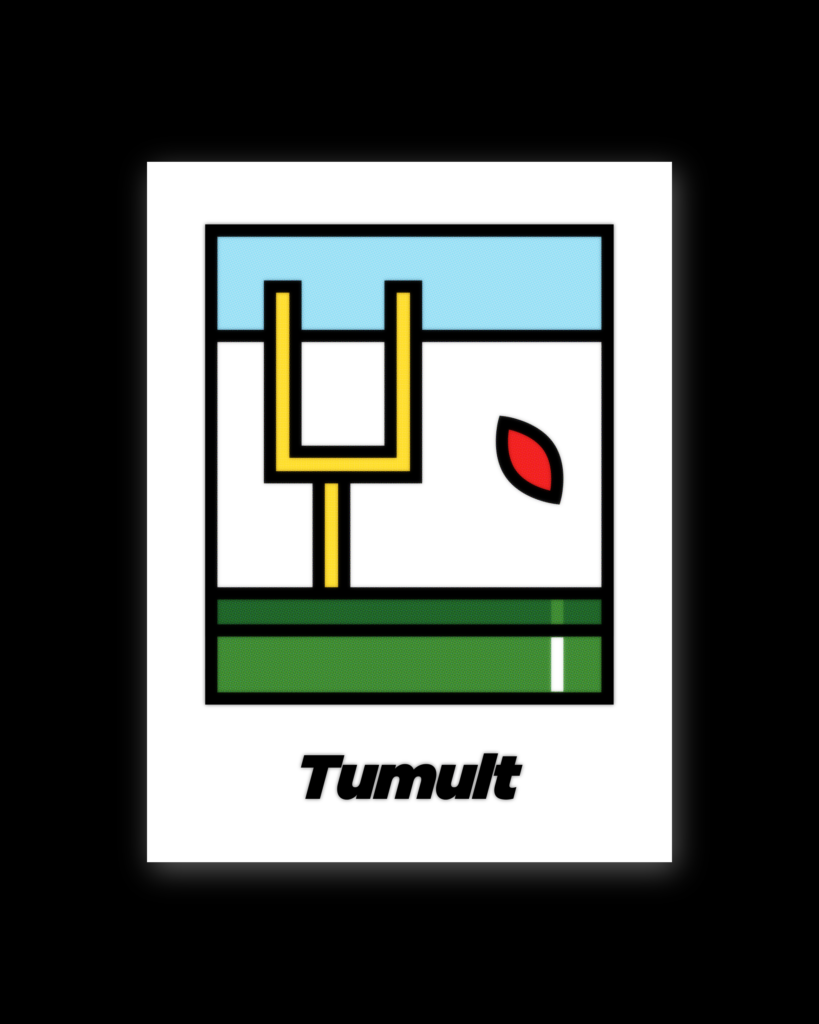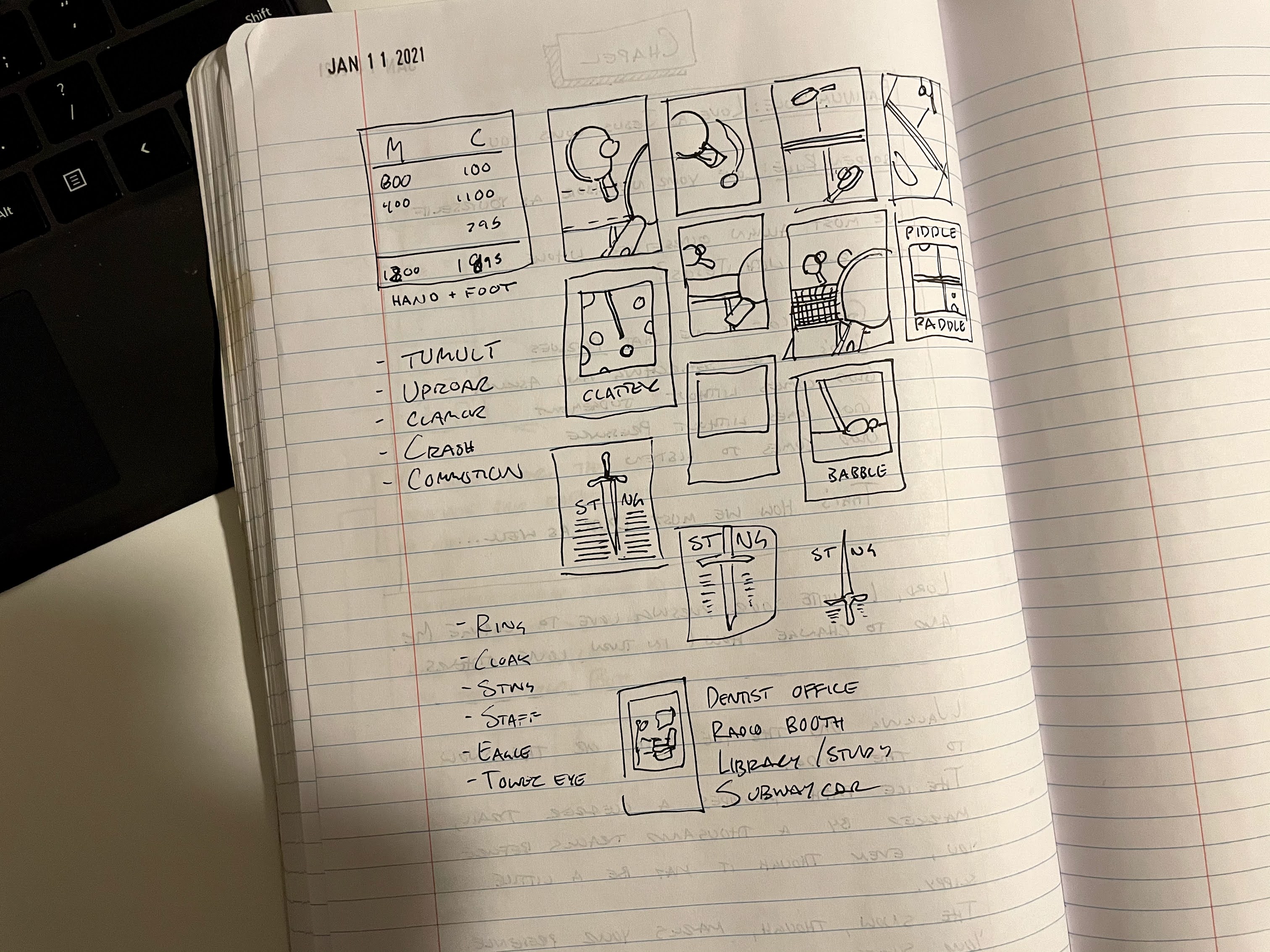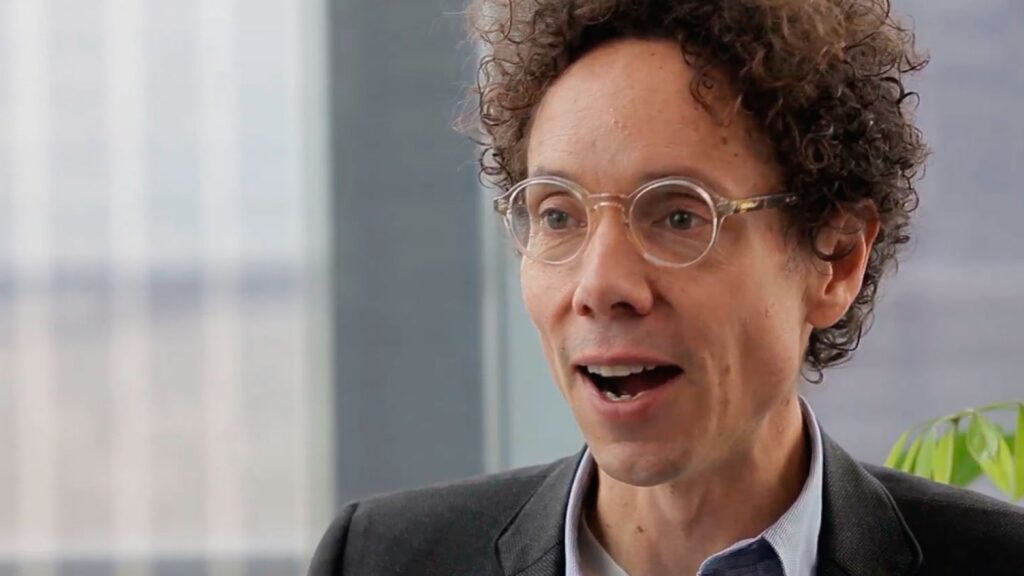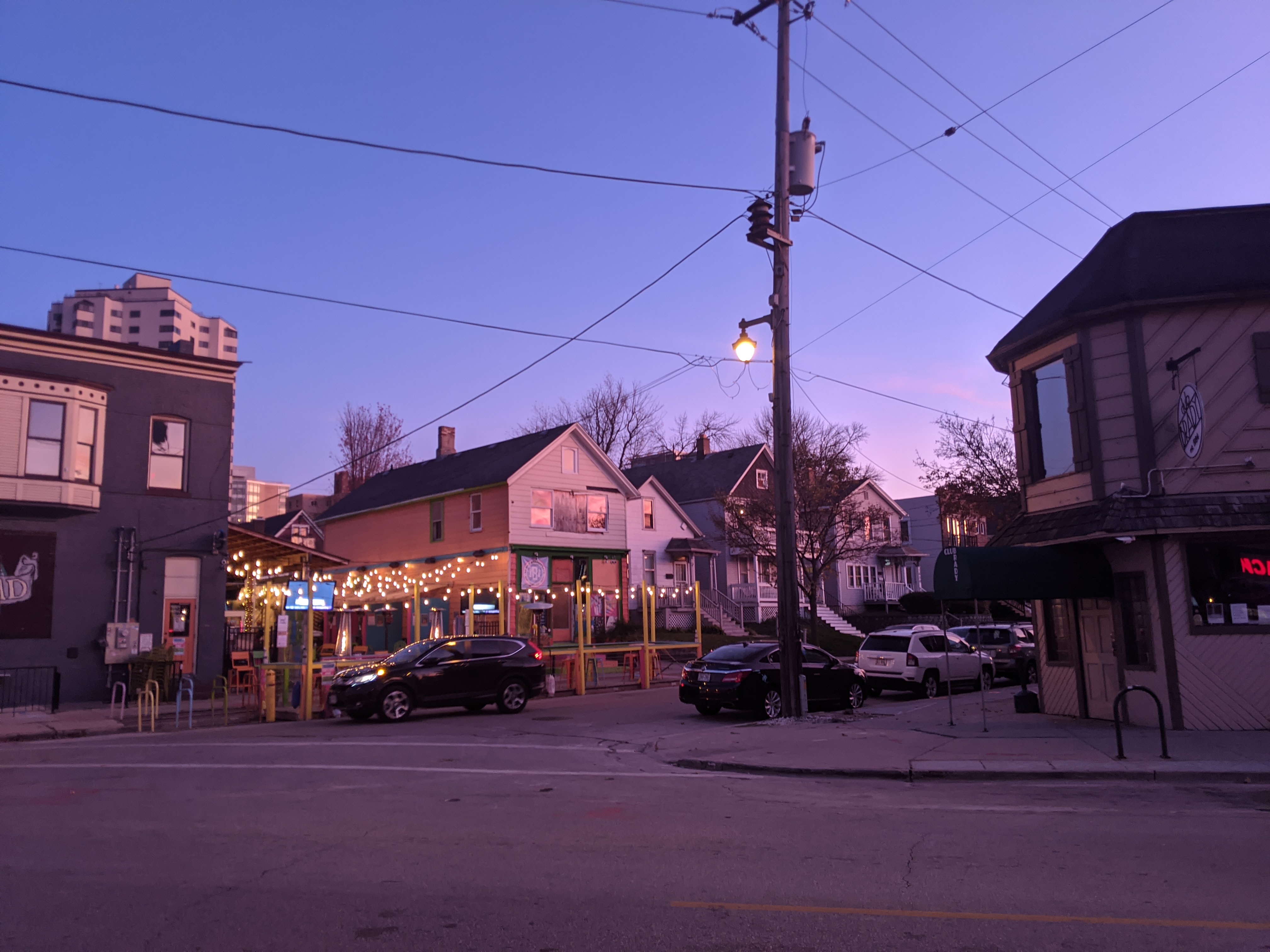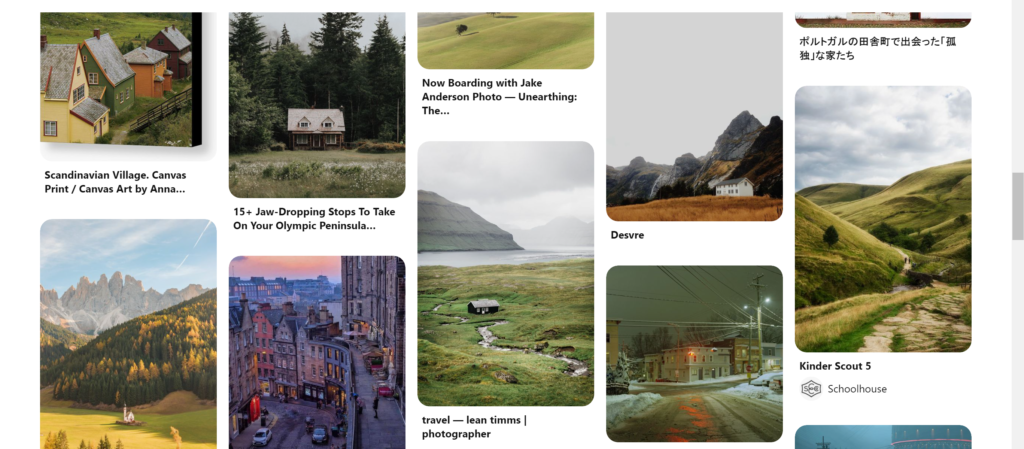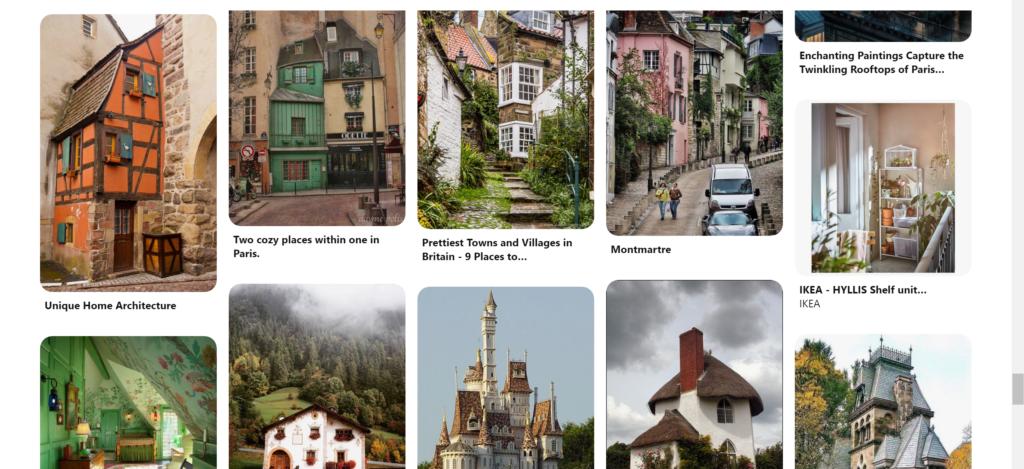This evening, I watched an interview with artist Jean-Michel Basquiat.

I am not a great lover of Basquiat’s work, but it was interesting to feel a little bit more appreciation after engaging with the artists himself for 35 minutes – even though it was a rather painful 35 minutes. It was hard to tell who felt more uncomfortable through the interview, Basquiat or the interviewer.
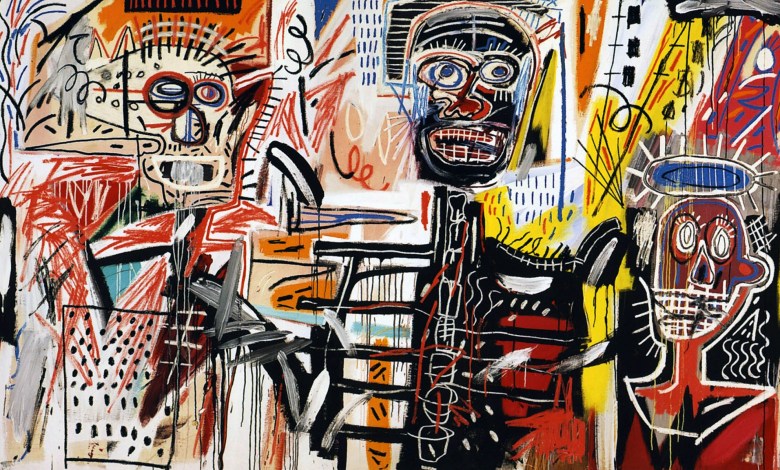
Here are a couple moments that stuck out to me from the interview. First, the interviewer asks about a series of paintings in a show he had seen recently.
Interviewer: “Were they done for that show?”
Basquiat: “No, they – they were just done. But they weren’t done… for any reason or anything.”
Interviewer: “What do people like in your work?”
Basquiat: “You got me.”
Interviewer: “I think people are classifying you as – what? An expressionist?”
Basquiat: “Expressionist? That happened a long time ago didn’t it?”
Interviewer: “Expressionism? Yeah – well there’s New Expressionism.”
Basquiat: “Oh… expressionism. Well, art should be expressive. Of something or other.”
Interviewer: “There’s a certain – let’s use the term crudity to your heads I suppose. You like it that way? Or would you like to get them more refined in a realistic way?”
Basquiat: “I don’t – I haven’t really met that many refined people. Most people are generally crude.”
Interviewer: “And that’s why you keep your images crude?”
Basquiat: “Oh believe it or not, I can really draw.”
Interviewer: “No I believe you can really draw.”
Basquiat: “But – I.. I don’t really know. I try to fight against that usually.”
Basquiat: “I am what I am, what I am.”

Quiet, contemplative, soft spoken… I had painted a picture of Basquiat in my head, but similar to his own paintings, it seemed crude when put against the man himself captured on film.
In 2017, an untitled piece of Basquiat sold for 110 million dollars at auction. It is one of the most expensive pieces of art ever sold.
Basquiat died of a drug overdose on August 12, 1988. He was 27.


